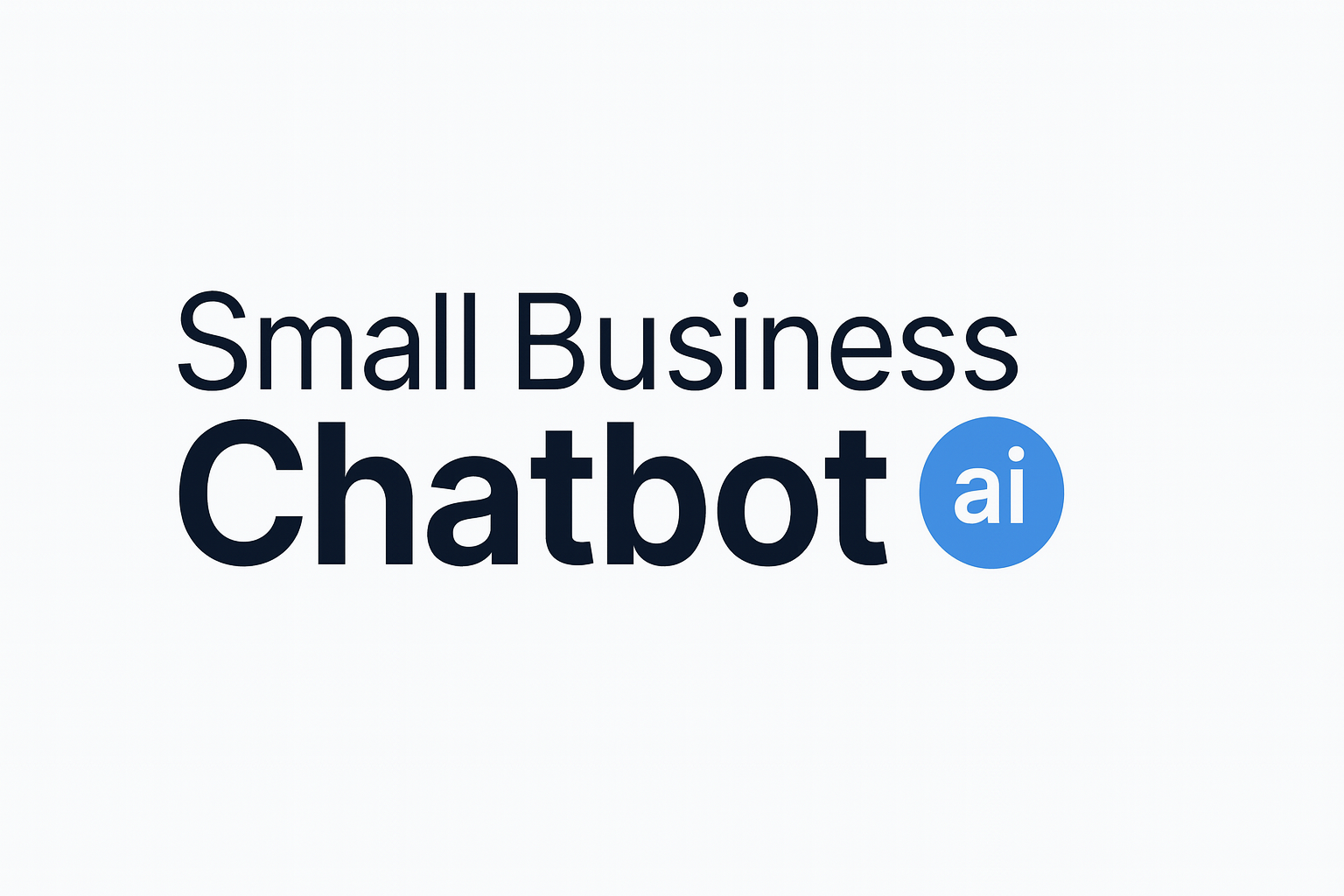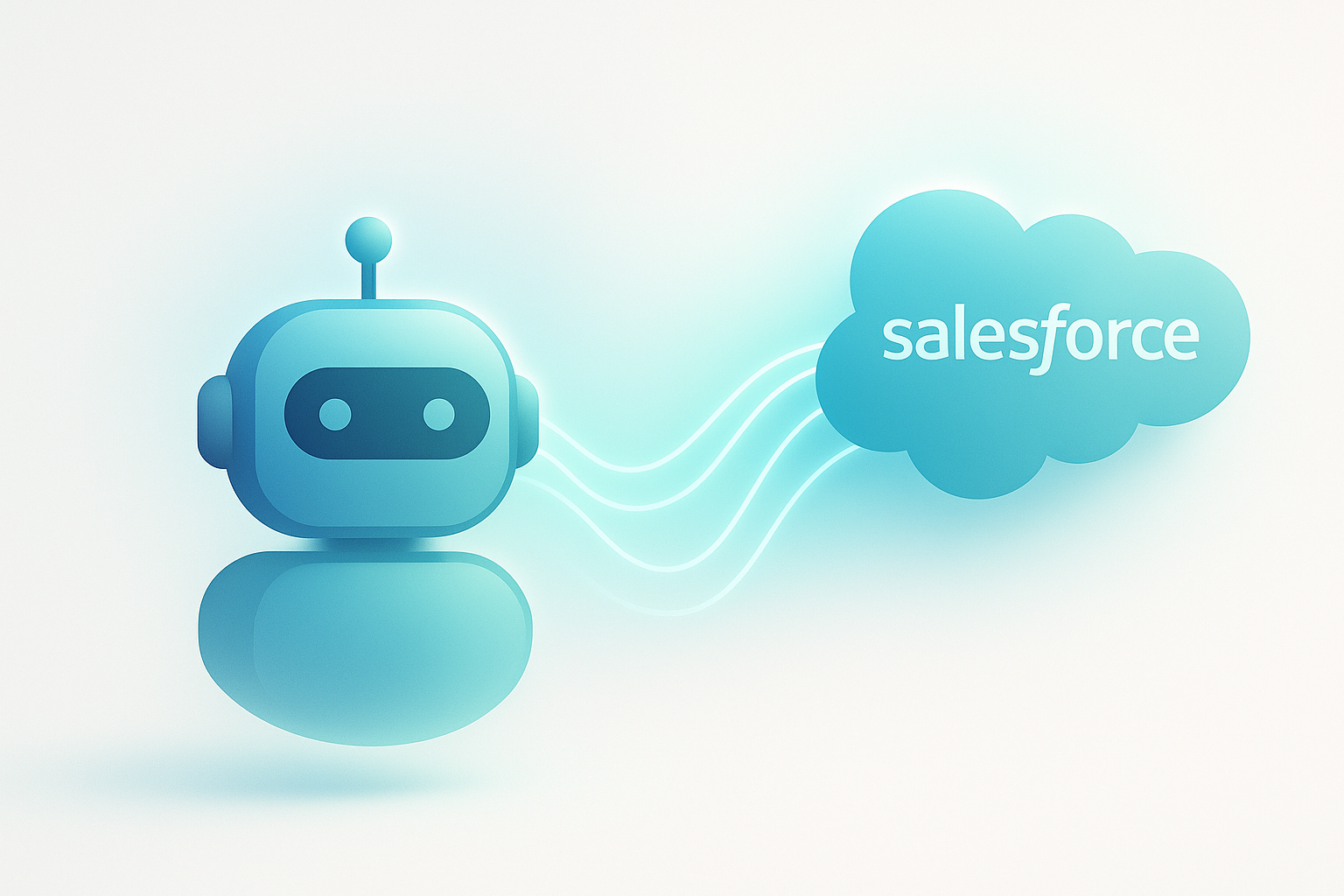⬆️ LAST UPDATED: June 25, 2025
Introduction
Upgrading a chatbot might sound like a big step, but it doesn’t have to be complicated. If your current chatbot just provides pre-set answers or can’t understand customer intent, that’s a sign it’s time for an improvement. Basic chatbots were helpful at first, but as customer needs have changed, so have expectations for interaction. Businesses today need tools that do more than just point to FAQs. They want systems that feel human, understand customer concerns, and respond with real solutions.
Making the shift to conversational AI improves how you support and connect with customers. Instead of offering short responses or getting confused by unusual phrasing, a conversational AI chatbot can carry on full conversations, ask follow-up questions, and give helpful responses to more complex requests. This upgrade creates smoother experiences, avoids repeat tickets, and frees up time for your staff to handle what really needs a human touch.
Understanding The Difference Between Basic Chatbots And Conversational AI
A basic chatbot works by using a set of pre-programmed rules. It usually offers a limited number of responses based on exact keyword matching. You’ve probably seen one of these before. You type “I need help with billing” and it responds with a generic list of options, but if you say “I was double charged,” it might not know what to do. These kinds of bots are usually quick to set up but lack the flexibility or intelligence needed to handle questions that aren’t worded just right.
Conversational AI chatbots, on the other hand, are more advanced. They use natural language processing and machine learning to understand and respond in more human-like ways. They can recognize the intent behind a customer’s message, even when it’s phrased differently, and they can also remember previous interactions. This means the experience feels more like chatting with a real person and less like navigating a menu.
Some benefits of switching to conversational AI include:
- Better understanding of user intent, even with misspellings or slang
- Ability to handle more complex conversations without human input
- Access to customer history, allowing for more personalized replies
- Reduced need for manual intervention, saving staff time
For example, if a customer types, “I can’t find my last appointment,” a conversational AI chatbot will be able to figure out they’re referring to their calendar or booking and respond with the requested info or a link instead of just saying, “I don’t understand.”
This kind of upgrade takes your support system from reactive to proactive. You’re no longer just managing questions—you’re improving the entire way people interact with your business from their very first contact.
Assessing Your Current Chatbot’s Performance
Before diving into an upgrade, take some time to look at how your current chatbot is doing. This gives you a clear picture of where improvements are needed and which features matter most to your team and customers.
Start by checking these key performance indicators:
- Response accuracy: Is the chatbot giving correct answers?
- Resolution rate: How often does it solve an issue without human help?
- User satisfaction: Are people rating the experience positively?
- Drop-off rate: Where are users abandoning the chat?
- Time to resolution: How fast are problems being handled?
Don’t stop at just the numbers. Reviewing actual chat logs can show where the bot gets stuck or where users seem confused. Background data is useful, but hearing what customers are actually saying gives you deeper insight.
Encourage your staff to flag repeated complaints or chatbot failures too. Frontline employees usually know where the current system comes up short because they end up stepping in when the bot can’t finish the job.
By recognizing what’s working and what’s not, you’ll know what to prioritize when moving to a more advanced chatbot system. That way, the upgrade actually improves things instead of just adding tools you won’t end up using.
Steps To Upgrade To A Conversational AI Chatbot
Once you're clear on your chatbot’s strengths and weaknesses, it’s time to make a change. Moving to a conversational AI system involves more than just adding a few keywords. To build something effective, follow a step-by-step plan that covers everything from vendor selection to testing.
Here’s how to approach the upgrade:
1. Identify the Right Conversational AI Chatbot Company
Not every company builds AI chatbots the same way. Look for someone with experience working with service-based businesses and who offers real customization. Avoid tech-heavy platforms that require too much effort on your part. A good partner will help with setup, training, and support.
2. Set Clear Goals and Objectives for the Upgrade
Before jumping into the build, take time to define what success looks like. Are you trying to shorten average response times? Should the chatbot help schedule appointments? Decide on the outcomes you care about most so everyone stays aligned.
3. Customize and Train Your New AI Chatbot
Start with your most common questions. Train the chatbot to handle those with complete, relatable answers. Then expand into more complex situations. Make sure it can respond with follow-up questions, pull in data when needed, and hand things off to a human when it hits a wall. Input from the team that works with your customers daily is key in this phase.
4. Integrate the AI Chatbot with Existing Systems
Your chatbot should connect with your tools. Calendar apps, payment software, and CRMs help the chatbot take action during conversations. This goes beyond answering questions to actually solving problems on the spot.
5. Test the Chatbot Thoroughly Before Full Deployment
Don’t rush to launch. Use real-world testing with users from your team. Try to break the logic or confuse the chatbot on purpose. This will help you catch issues before they happen with actual customers. A solid test run is the final step in getting it ready to work on its own.
Maximizing The Benefits Of A Conversational AI Chatbot
Once your chatbot is up and running, keep going. Think of it like a new employee. It needs regular feedback and updates to perform well.
Here are some ways to get the most out of your AI chatbot:
- Monitor how well it handles common and new questions
- Review chat transcripts to spot confusion or missed chances
- Match the language it uses to how your customers talk
- Make small improvements weekly or monthly
- Keep your team involved so human input guides future changes
You can also get more from your chatbot by letting it take on new tasks. Use it to send reminders, gather feedback, or follow up with customers. As it fits into more parts of your service, it’ll make a bigger difference.
Don’t forget the power of personalization. When your chatbot can greet repeat visitors by name, pick up on their past issues, and tailor replies based on earlier chats, the whole experience feels more natural and thoughtful.
Time To Rethink Your Chat Support Strategy
Upgrading to conversational AI isn’t just about having newer software. It’s about improving how people connect with your business. You can deliver clearer answers faster, reduce staff workload, and make a better first impression without having to grow your team.
Customers feel heard when the chatbot understands their intent. Your staff gets more time to focus on the stuff that needs a human. And your business gains a support tool that grows and gets better over time.
Making this upgrade gives your service approach a serious boost. When problems get solved quickly, customers come back. When your team isn’t overwhelmed by basic requests, job satisfaction goes up. Over time, that adds up to better retention, stronger relationships, and a smoother workflow for everyone involved.
Ready to step up your customer service game? Small Business Chatbot provides tailored solutions to enhance your business's digital service. Experience improved interactions and seamless integrations that keep your customers happy and your team focused on the tasks that matter most. Learn more about how conversational AI chatbot companies can help transform the way you do business.



